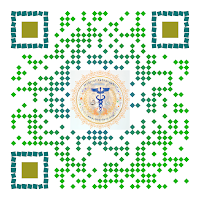Hematology Algorithms
Anemia is described as a reduction in the proportion of the red blood cells. Most patients experience some symptoms related to anemia when the hemoglobin drops below 7.0 g/dL. RBC are produced in the bone marrow and released into circulation. Approximately 1% of RBC are removed from circulation per day. Imbalance in production to removal or destruction of RBC leads to anemia.
The etiology of anemia depends on whether the anemia is hypo-proliferative (i.e., corrected reticulocyte count <2%) or hyperproliferative (i.e., corrected reticulocyte count >2%). Hypo-proliferative anemias are further divided by the mean corpuscular volume into microcytic anemia (MCV<80 fl), normocytic anemia (MCV 80-100 fl) & macrocytic anemia (MCV>100 fl).
Pancytopenia is a hematologic condition characterized by a decrease in all three peripheral blood cell lines. It is characterized by the hemoglobin of less than 12 g/dL in women and 13 g/dL in men, platelets of less than 150,000 per mcL, and leukocytes of less than 4000 per ml (or absolute neutrophil count of less than 1800 per ml). However, these thresholds largely dependent on age, sex, race as well as varying clinical scenarios.
Leukopenia is primarily seen as neutropenia since neutrophils constitute the majority of the leukocytes. The etiology of pancytopenia can be broadly categorized as a central type that involves production disorders or a peripheral type that involves disorders of increased destruction. These causes could contribute to the pancytopenia independently or as a combination.
Red cell distribution width (RDW) = (standard deviation of MCV/mean MCV) × 100.
Normal range11.5–14.5% has suspicion of thalassemia trait & high often indicates IDA
Mentzer index = (MCV/RBC count).
< 13 may represent thalassemia trait & >13 often indicates
IDA







